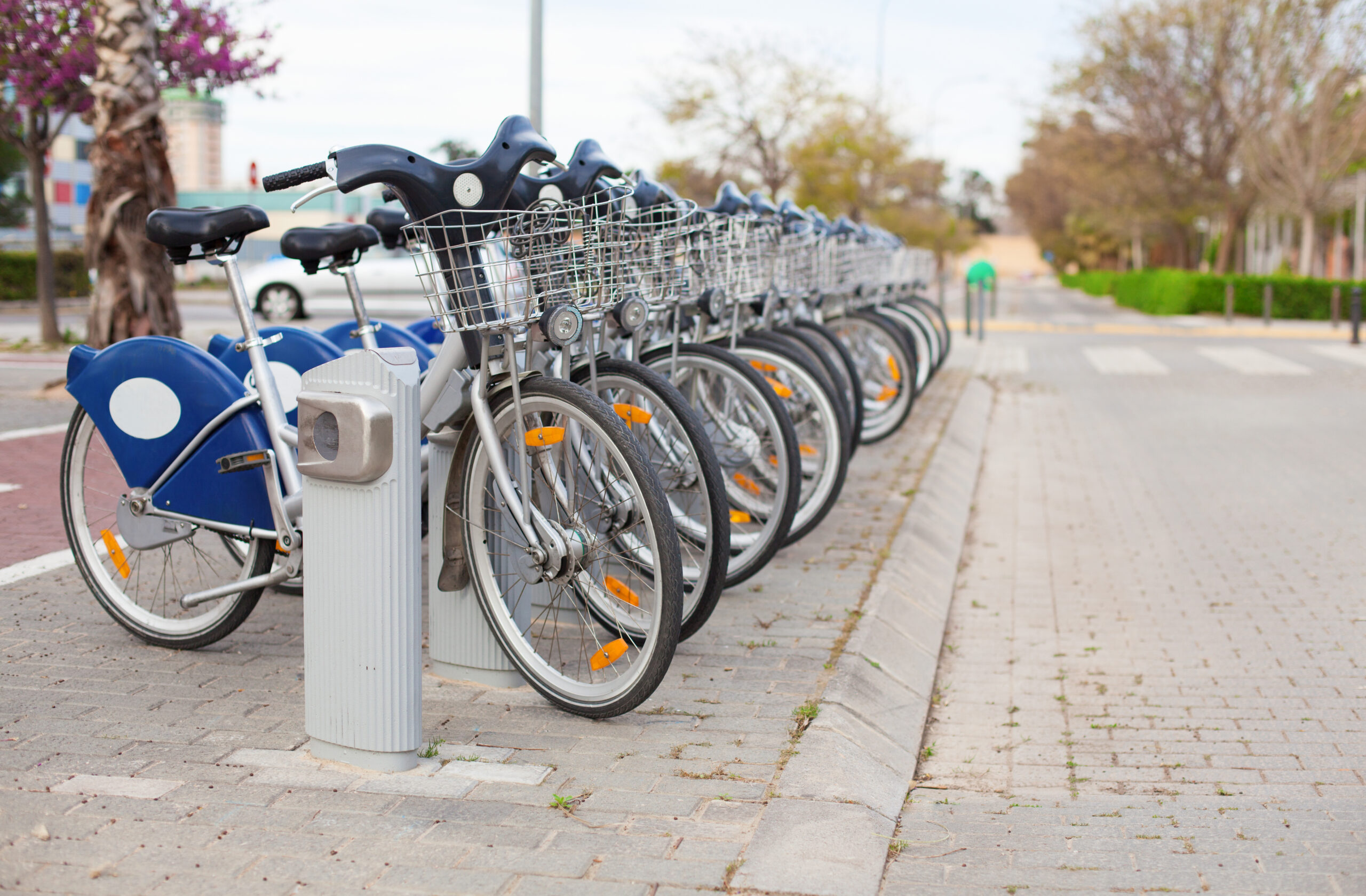Europe is on the move—literally. From Amsterdam’s canals to Paris’s boulevards, cycling has become the heartbeat of sustainable mobility. But where does Malta, a small island nation, stand in this shift? At WFDM, we see sustainable transport not just as a matter of convenience but as an opportunity for workforce empowerment and economic growth.
Why Compare Malta to Major European Capitals?
It may seem unfair to compare Malta’s compact island to bustling capitals like Berlin or Paris. Yet these comparisons matter because they highlight what’s possible and what’s missing. For Malta, it’s not about copying but adapting proven ideas to its unique context.
Cycling in Malta: Current Situation
Cycling in Malta is growing, but slowly. Infrastructure remains limited, with only a handful of dedicated cycling lanes. The government has introduced subsidies for e-bikes and pledged to improve transport policies, but cultural adoption is still a work in progress. Many see bikes as leisure rather than daily transport.
Cycling in Major European Capitals
Amsterdam: The Gold Standard of Cycling
Amsterdam is practically synonymous with cycling. With over 500 km of dedicated bike lanes and a culture built around bikes, it shows how infrastructure and mindset go hand in hand.
Copenhagen: Designing for People, Not Cars
Copenhagen prioritizes people over vehicles. “Cycle superhighways” connect suburbs with the city center, making biking the most convenient choice for commuters.
Berlin: Blending Cycling with Modern Urban Life
Berlin is expanding cycle networks and integrating them with public transport, making it easier for workers to combine different modes of commuting.
Paris: A Rapid Shift Towards Sustainable Commuting
Paris is undergoing a mobility revolution, converting car lanes into bike lanes and investing heavily in bike-sharing systems. Within a few years, cycling has become mainstream.
Key Differences in Infrastructure
- Dedicated Lanes: European capitals have continuous, well-connected networks, while Malta often has fragmented or missing lanes.
- Parking: Cities like Amsterdam provide secure, large-scale bike parking, whereas Malta lacks this infrastructure.
- Integration with Public Transport: In Europe, bikes complement buses and metros. In Malta, this integration is minimal.
WFDM’s Perspective on Workforce Impact
From a workforce lens, cycling is more than a commuting choice. It influences accessibility to jobs, delivery logistics, and overall productivity. WFDM sees opportunities to create workforce solutions in cycling-related sectors—whether training riders, supporting logistics companies, or helping businesses adopt cycle-to-work policies.
Opportunities for Malta
- Tourism: Cycling tours could attract eco-conscious visitors.
- Commuting: Workers save costs and time when biking replaces short car trips.
- Job Creation: Bike rentals, repair shops, and delivery services open new manpower opportunities.
Challenges Malta Must Overcome
Malta’s biggest hurdles are its narrow streets, safety concerns, and cultural attitudes. Without strong investment and education campaigns, adoption will remain limited.
E-Bikes as a Bridge for Malta
E-bikes are Malta’s shortcut to bridging the gap. They overcome hills, heat, and long distances. For delivery riders—one of WFDM’s focus manpower groups—e-bikes can transform logistics efficiency while reducing costs.
Learning from Europe’s Best Practices
Malta can borrow Europe’s strategies: building continuous bike networks, integrating cycling into public transport, and running awareness campaigns to shift perceptions.
Corporate Role in Supporting Cycling in Malta
Employers have a stake in this transformation. Cycle-to-work incentives, secure bike parking, and flexible commuting policies help employees embrace sustainable mobility. WFDM actively encourages these workforce-friendly policies in Malta’s business ecosystem.
The Future of Sustainable Mobility in Malta
If Malta commits to infrastructure investment, policy reform, and cultural change, it could position itself as a regional leader in sustainable mobility. WFDM envisions a future where cycling isn’t just a niche option but a mainstream commuting solution for both citizens and the workforce.
Conclusion
Malta may not be Amsterdam or Paris yet, but it has the potential to carve its own sustainable cycling path. With government support, employer participation, and cultural change, Malta can embrace a greener, workforce-friendly future. At WFDM, we see cycling not just as transport, but as an opportunity to transform workforce mobility and job creation.


